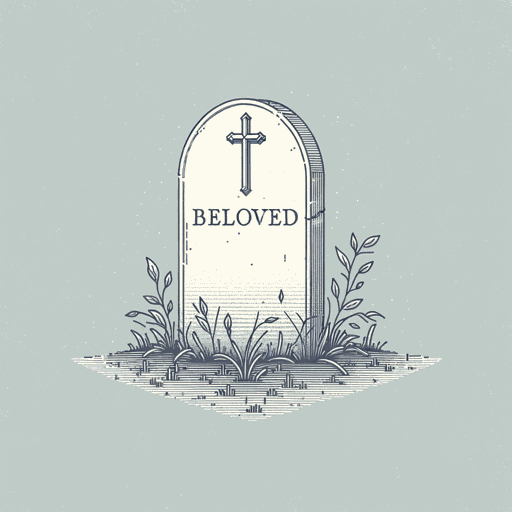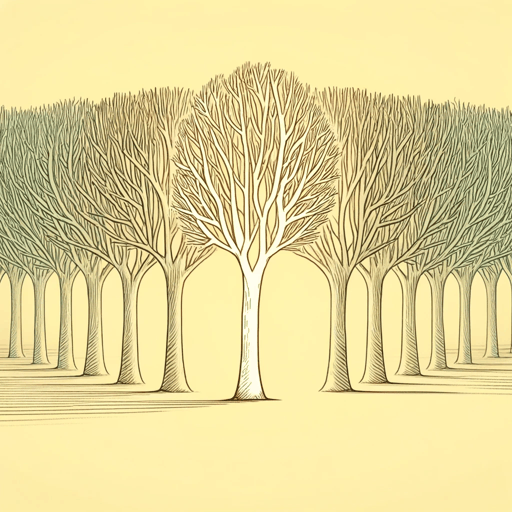41 pages • 1 hour read
Toni MorrisonThe Origin of Others
Nonfiction | Book | Adult | Published in 2016A modern alternative to SparkNotes and CliffsNotes, SuperSummary offers high-quality Study Guides with detailed chapter summaries and analysis of major themes, characters, and more.
Chapters 4-6Chapter Summaries & Analyses
Chapter 4 Summary: “Configurations of Blackness”
In Chapter 4, Morrison examines definitions of “black” and “blackness” and how literature uses them in both violent and constructive ways. This examination includes a discussion of the development of Black towns and 20th-century eugenics and lynching, as well as an explanation of the strategies Morrison uses in Paradise to reconfigure Blackness and demonstrate the arbitrariness of race as a construct.
Beginning with a discussion of Black towns, Morrison notes that what the towns’ founders meant by “black” is not always clear. An examination of historical archives reveals that thriving Black towns were predominantly populated by light-skinned Black people and were exclusionary in terms of the skills, abilities, and property they welcomed (56-57). Clarifying the meaning of “blackness” in these Black towns serves the purpose of demonstrating how socially, politically, and medically defined configurations of Blackness affect Black people’s understanding of their racialized identity and sense of self.
The establishment of Black towns became a response to the racial terror of the 20th century. Morrison includes the story of Isaac Woodard, who, returning to his home in North Carolina after serving in World War II, was horrifically brutalized by policemen in South Carolina. She also lists the names and details of several Black people who were lynched in the 20th century.
Related Titles
By Toni Morrison

A Mercy
Toni Morrison

Beloved
Toni Morrison

God Help The Child
Toni Morrison

Home
Toni Morrison

Jazz
Toni Morrison

Love: A Novel
Toni Morrison

Paradise
Toni Morrison

Playing in the Dark: Whiteness and the Literary Imagination
Toni Morrison

Recitatif
Toni Morrison

Song of Solomon
Toni Morrison

Sula
Toni Morrison

Sweetness
Toni Morrison

Tar Baby
Toni Morrison

The Bluest Eye
Toni Morrison

